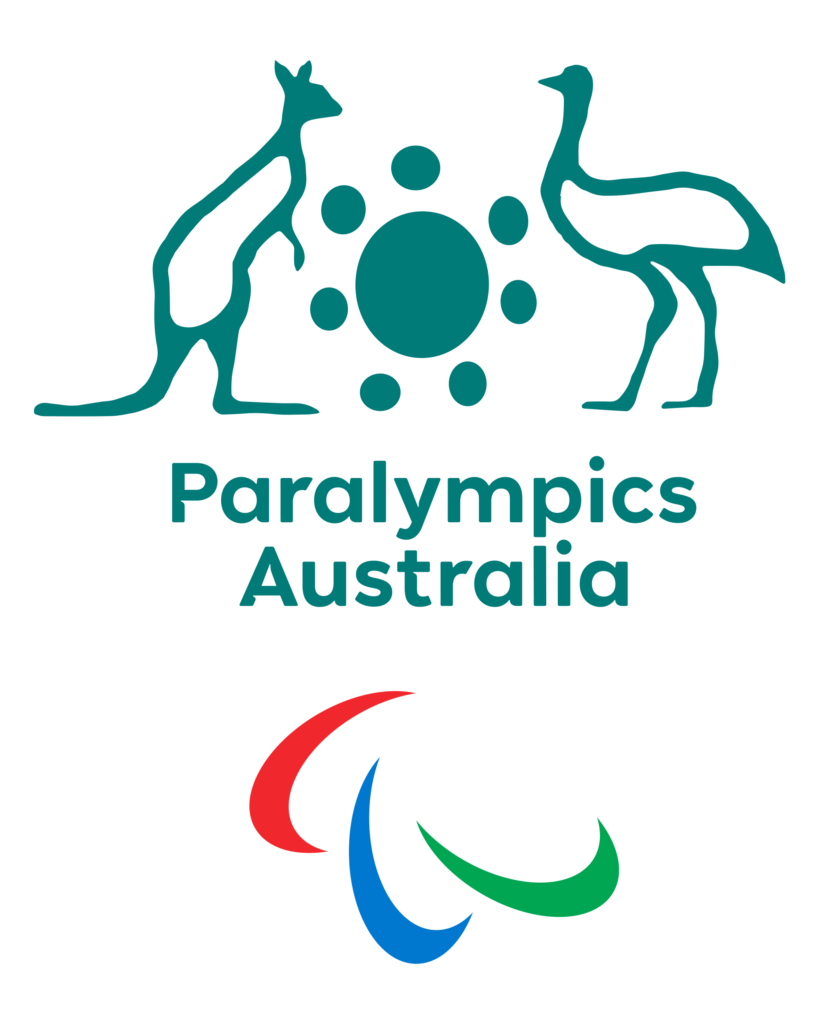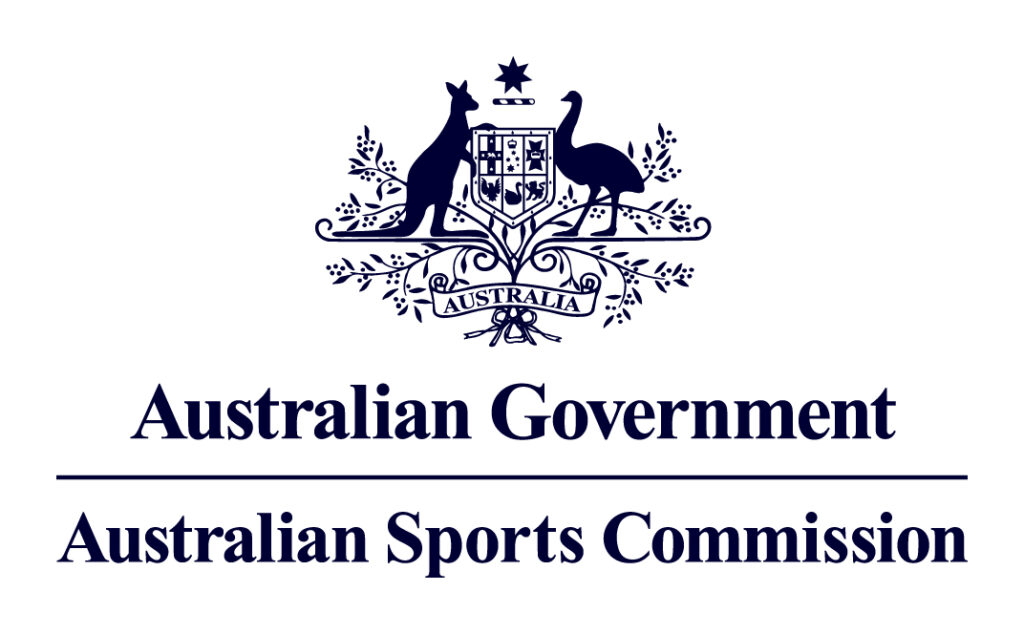Classifications
Classification in Blind and Vision Impaired Sport
Paralympic sport exists to give athletes with disability a fair and equal opportunity to compete and succeed on the world stage. Classification ensures this fairness by grouping athletes with similar levels of impairment into classes for competition.
For athletes with vision impairment, classification is essential to ensuring that outcomes are determined by skill, training and determination, not the degree of disability.
What Is Classification?
Classification groups athletes with similar impairments into classes. It’s tailored to each sport and may relate to a physical, intellectual or vision impairment.
To be eligible for vision impairment (VI) classification, athletes must:
- Have an impairment in both eyes, and
- Meet the minimum disability criteria:
Visual acuity of LogMAR 1.00 (6/60) or worse; and/or
Visual field of less than 20 degrees in radius - Athletes must also provide medical documentation from an ophthalmologist before seeking classification.
Why Is Classification Required?
By grouping athletes with similar functional abilities, classification ensures that competition is fair. It allows the strongest, fastest, and most skilled athletes to succeed within their class, regardless of their level of impairment.
Classification is only required for competition — not for general participation or social sport.
Classification for Athletes with Vision Impairment
Vision-impaired athletes can compete in both Paralympic and non-Paralympic sports. These include:
Paralympic Sports: Athletics, Swimming, Goalball, Football, Cycling, Rowing, Equestrian, Alpine Skiing, Triathlon, and more
Non-Paralympic Sports: AFL, Tennis, Cricket, Golf, Lawn Bowls, Tenpin Bowling, etc.
While the testing procedure is standard, the classification classes vary by sport. Athletes must specify the sport they intend to compete in when applying for classification.
Who Is Eligible for VI Classification?
To be eligible, athletes must have a medically diagnosed permanent impairment in both eyes due to one or more of the following:
- Impairment of the eye structure
- Impairment of the optic nerve or pathways
- Impairment of the visual cortex of the brain
- Minimum criteria (in both eyes):
- Visual acuity: ≤ LogMAR 1.00 (6/60), and/or
- Visual field: < 20 degrees radius
Medical documentation from an ophthalmologist is required.
Vision Impairment Classes
B1 – No or minimal sight
- No light perception, or inability to recognise the shape of a hand at any distance
- Visual acuity poorer than LogMAR 2.60
B2 – Low vision
- Can recognise objects up to 2 metres
- Visual acuity from LogMAR 1.50 to 2.60
- Visual field of less than 10 degrees
B3 – Moderate vision impairment
- Can recognise contours between 2–6 metres
- Visual acuity from LogMAR 1.00 to 1.40
- Visual field between 10 and 40 degrees
These categories are a guide only. Final classification is based on a formal assessment.
How to Get Involved or Get Classified
If you have a vision impairment and want to compete in sport, start by applying for classification.
Paralympics Australia manages the National Classification Program for Vision Impairment.
To begin the classification process, click the button below to complete Paralympics Australia’s official request form:
The Role of Classifiers
Classifiers are trained professionals who assess athletes and assign their sport class. They have either medical or technical qualifications and specific expertise in the sport.
In Australia, classifiers are trained by Paralympics Australia and relevant national sport federations. Most work as volunteers at state, national, or international levels.
Interested in Becoming a Classifier?
To train as a classifier, you must meet one of the following prerequisites:
Medical classifiers:
- Registered physiotherapist or medical doctor
- At least 5 years’ experience working with people with physical disabilities
Ophthalmic classifiers:
- Registered Orthoptist or Ophthalmologist
- Minimum 5 years’ experience with low vision clients
- Based in a major Low Vision Centre in Australia
For more support, guidance, or general participation opportunities in blind and vision impaired sport, get in touch with Blind Sports Australia — we’re here to help at every stage!
Registered Office
454 Glenferrie Road, Kooyong, Victoria 3144
Phone: +61 (0)3 9864 9409
Email: admin@blindsportsaustralia.com.au



